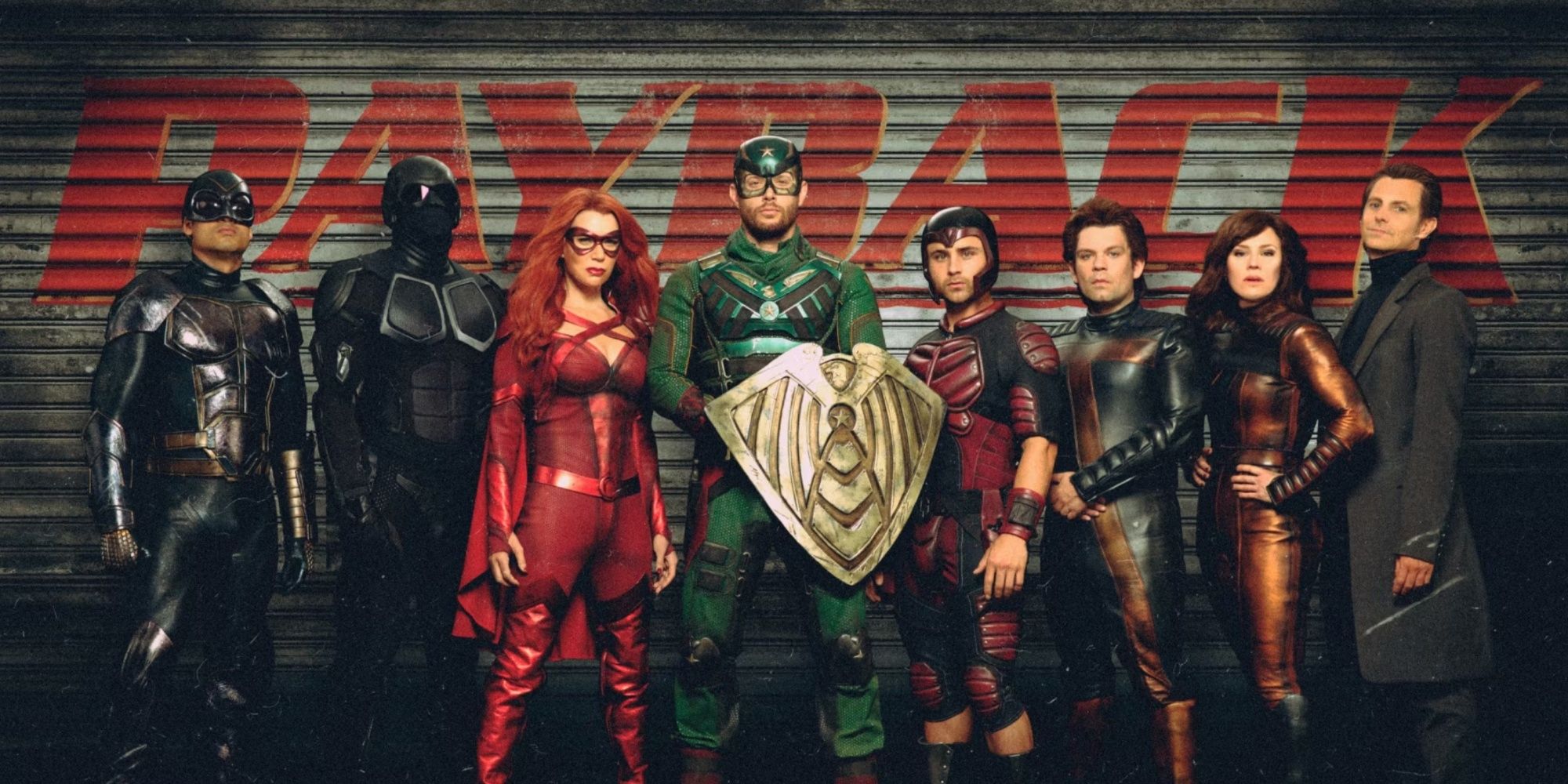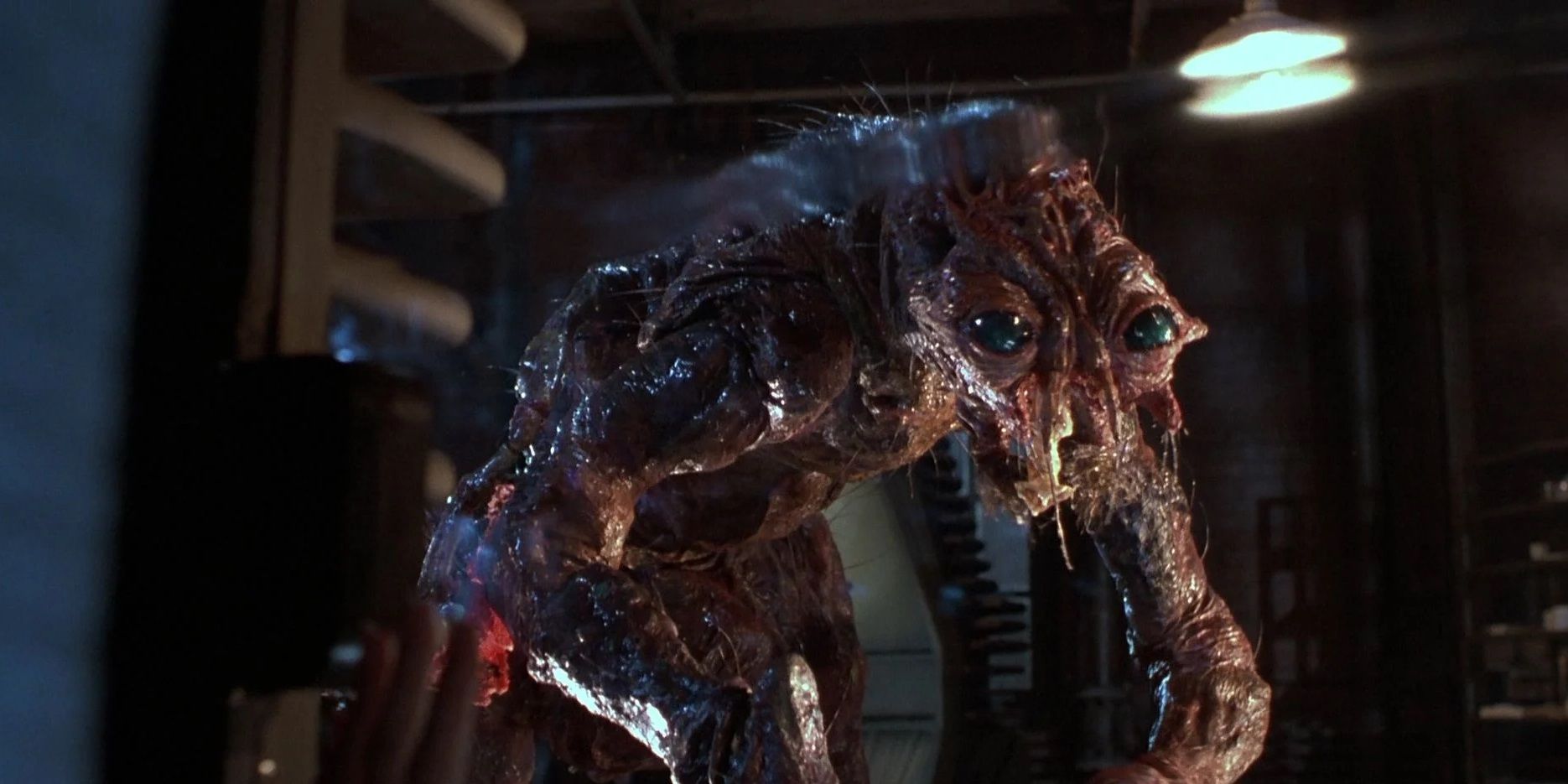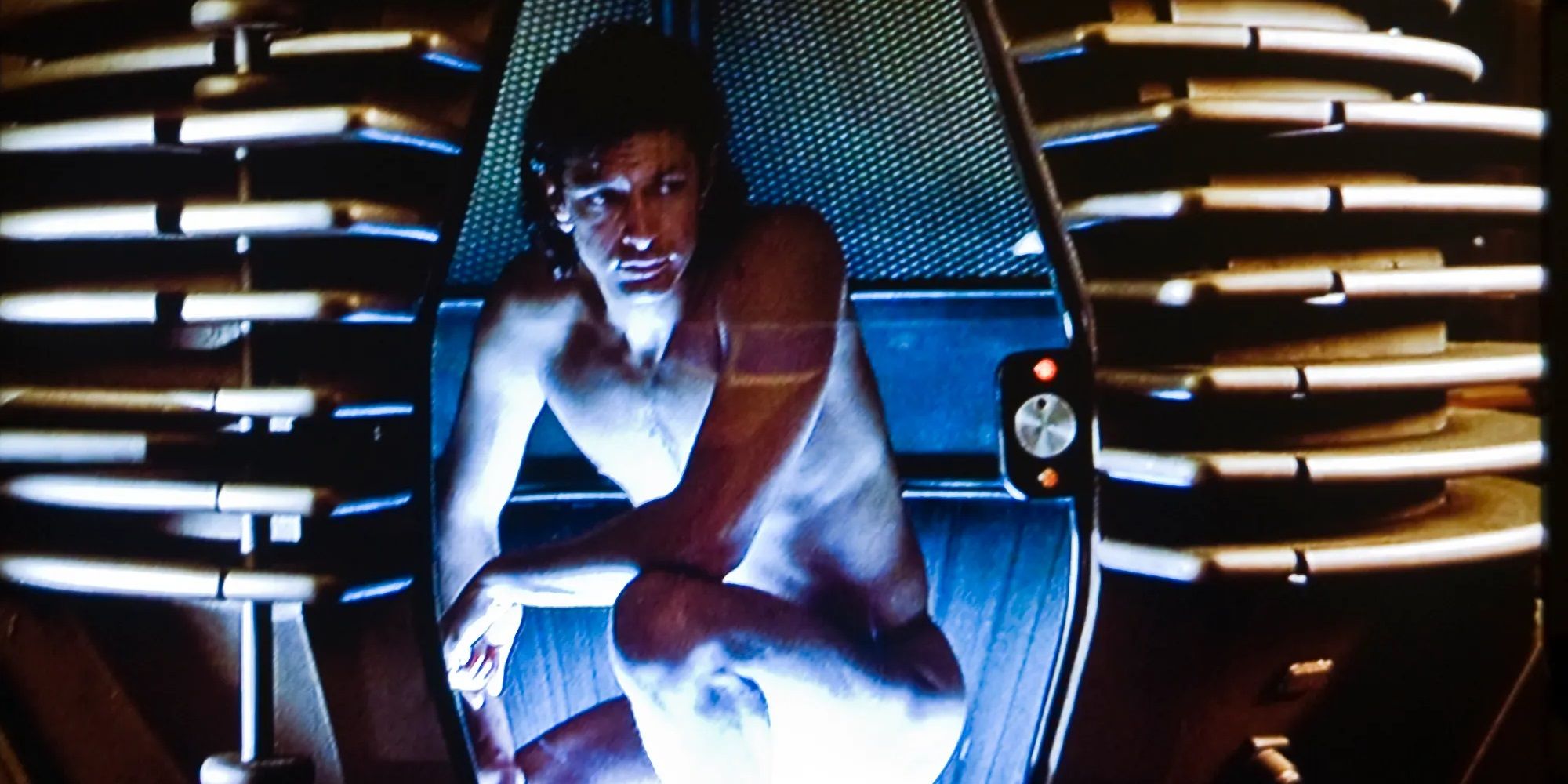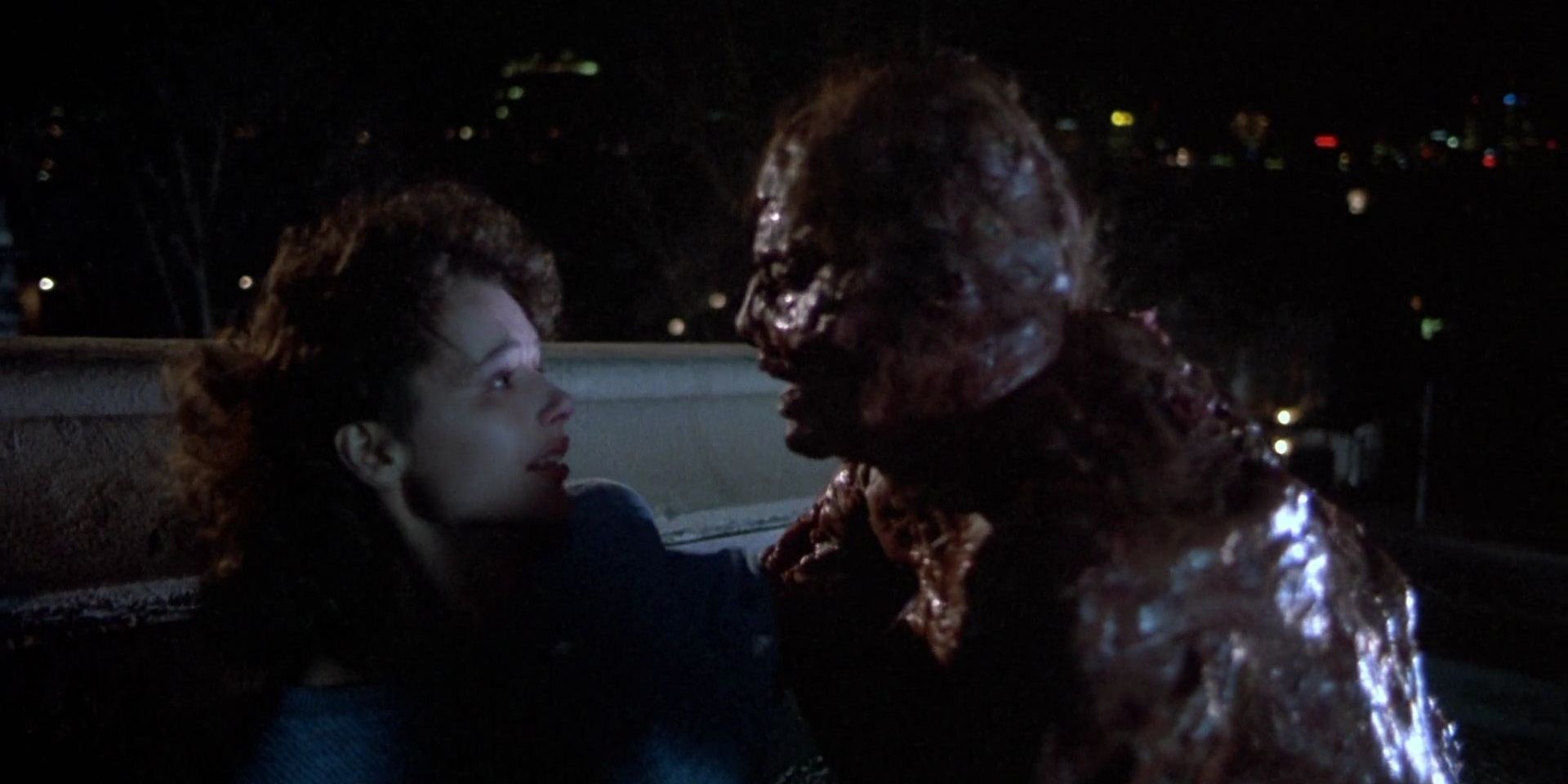Highlights
- David Cronenberg's The Fly is a slow-burn, horrifying film that delves into the physical and psychological ramifications of a man losing his humanity.
- The terror in The Fly comes from watching the protagonist, Seth Brundle, slowly lose his humanity and transform into a grotesque creature, rather than the typical jump-scares and kills found in other horror movies.
- The film explores the theme of how a person's humanity is directly connected to their physical body, highlighting that once the body becomes unrecognizable as human, it becomes completely alien.
Director David Cronenberg is the father of the body horror subgenre. His movies are often centered around the human body, the ways it can be twisted and deformed, and whether a person is still human once their body is no longer recognizable. They also tend to feature copious blood, gore, and violence. While his films are controversial due to their subject matter and complex plots, they are often regarded as masterpieces, and Cronenberg is considered one of the greatest horror directors of all time.
The Fly is one of his most highly rated films, and the most direct. The film is about a scientist who accidentally merges his own DNA with that of a fly, and his slow descent into madness as his body assimilates the insect. Delving into the physical and psychological ramifications of a man losing his humanity, The Fly is one of the most iconic examples of body horror in film.

In The Mouth of Madness Ending, Explained
In The Mouth of Madness is a cinematic odyssey that invites viewers to confront the madness within and leaves fans forever questioning the boundaries.
What Is The Fly About?
The Fly | |
|---|---|
Director | David Cronenberg |
Writers | David Cronenberg, Charles Edward Pogue |
Cast | Jeff Goldblum, Geena Davis, John Getz |
Runtime | 96 minutes |
Release Date | August 15, 1986 |
Rotten Tomatoes Score | 93% critic score, 83% audience score |
David Cronenberg's The Fly is a remake of the 1958 movie of the same name, directed by Kurt Neumann. This original movie was based on a short story by George Langelaan, published in 1957. Neumann's movie is more of a one-to-one retelling of the short story. In the 1950s versions, a woman has confessed to murdering her husband, but will not divulge is why she did it. The investigation eventually discovers that her husband had invented two teleportation pods. When testing them on himself, he did not realize that a fly had entered his pod, and when he emerged, his head and arm had been switched with those of the fly. Unable to reverse the effect, he has his wife assist him in committing suicide.
Cronenberg's movie is vastly different from the original story. The telepods, their ability to transmute genetic material, and the inventor being fused with a fly are all concepts retained in the remake. However, the original story is about a sudden transformation into a human-fly hybrid and the resulting aftermath. As the story is being told, this has already happened, and the inventor is dead.
Cronenberg's The Fly is a much slower burn. The horrifying element is not the revelation that a man was gruesomely turned into a fly, but instead watching that same event unfold. The film stars Jeff Goldblum as Seth Brundle, a scientist who invites a journalist to his lab, both so that she can document his creation and so that he can impress her.
Upon arriving at the lab, he shows the journalist, Veronica, what he has created. Brundle has built three telepods capable of teleporting objects from one to the other. Brundle sees a Nobel Prize in his future, as his creation will revolutionize travel and transport. However, there's a problem he hasn't overcome yet: the telepods can only teleport inanimate objects. The central computer does not understand organic matter, so it does not reorganize it correctly. When he tests the teleporter on a baboon, it ends up inside out.
Brundle and Veronica begin a romantic relationship as Brundle continues working on his telepods. He reprograms them to understand living flesh and tests them on a second baboon, and this time the telepods work perfectly. Brundle moves to celebrate the success, but Veronica leaves due to a misunderstanding. Upset, Brundle gets drunk and decides to go through the teleporter himself. He emerges on the other side, seeming perfectly fine. Unbeknownst to him, however, a housefly entered the pod at the same time and was teleported alongside him.
The Fly Ending Explained
After being teleported, Brundle experiences enhanced strength and stamina. However, he also grows aggressive and begins to lash out at those around him. His body begins going through bizarre changes, such as coarse hairs growing from his body, sores covering his face, and his fingernails falling off. Searching for answers, Brundle looks into the teleportation sequence. He discovers that the computer was confused by the presence of two life forms, and spliced the two together.
Brundle's body continues to transform. His skin becomes covered in grotesque growths and various body parts fall off. His descent into insanity continues as well. As his insect brain takes over, his human rationality and empathy fade away. His final attempt at saving himself is to teleport himself and Veronica, who is pregnant with his child, at the same time. This will merge the three of them into one being. Veronica's ex-boyfriend manages to free her from the telepod right before the sequence goes through. Angered, Brundle breaks through the telepod door, but the machine goes off as he is stepping out of it. A mutilated Brundle emerges from the third telepod, with machinery brutally fused into his body. Brundle places his head in front of Veronica's gun, begging for an end to his life, and she complies.
In many horror movies, one purpose of the gore and murder is the spectacle. Part of the Saw franchise's appeal lies in the elaborate traps the writers come up with. Horror franchises like Halloween and Friday the 13th thrive off of the popularity of their killers. Fans like to analyze the exact power set that Jason Vorhees possesses. They dress up as Freddy Krueger for Halloween. Seeing the ways Michael Myers will dispatch his next set of victims is a big draw for his movies. These horror films are trying to be scary, but they're also trying to be exciting and marketable. Audiences think they're cool as much as they arre terrifying.
In The Fly, there is nothing cathartic about the suffering that takes place. There is nothing cool about Seth Brundle. He looks hideous, and his bodily functions are disgusting. The only deaths he causes are those of a baboon and himself. He is not an enticing, marketable character. There is no potential sequel for Seth Brundle, nor any possibility of a crossover film. Seth Brundle is an innocent, well-meaning person who fell in love, was the victim of a freak accident, and had his life destroyed. It's not exciting what became of him, it's just sad. The terror of The Fly doesn't come from the monster sneaking up in the dark and killing innocent people. It comes from watching this poor man slowly lose his humanity, with both the audience and the victim knowing there's nothing to do but wait for the grisly end.
Cronenberg is clearly fascinated with the human body, and The Fly is about how a person's humanity is directly connected to their body. Deep into his transformation, Brundle begins to eat by vomiting on his food and slurping up the liquid remains, like a real fly. When he does this in front of Veronica, he sees her horrified expression, and only then does he realize that what he's doing is disgusting. His perception of what a normal body is only exists in comparison to other people and their bodies. When Brundle finds out that Veronica is pregnant, he begs her to have the child, as the baby is the last remnant of the real him. He does not cite any of his accomplishments or the memories others have of him as a sufficient successor. Only real human flesh and genetic material counts.
At the end of The Fly, Brundle's physical humanity is gone. Cronenberg is saying that once the body has become unrecognizable as that of a human, it becomes completely alien. If one is no longer human, then they might as well be an insect or a hunk of machinery. It's a gruesome note to end on, but the deeper meaning behind it and the sheer brutality of it are part of what has kept The Fly such a well-regarded classic all these years later.
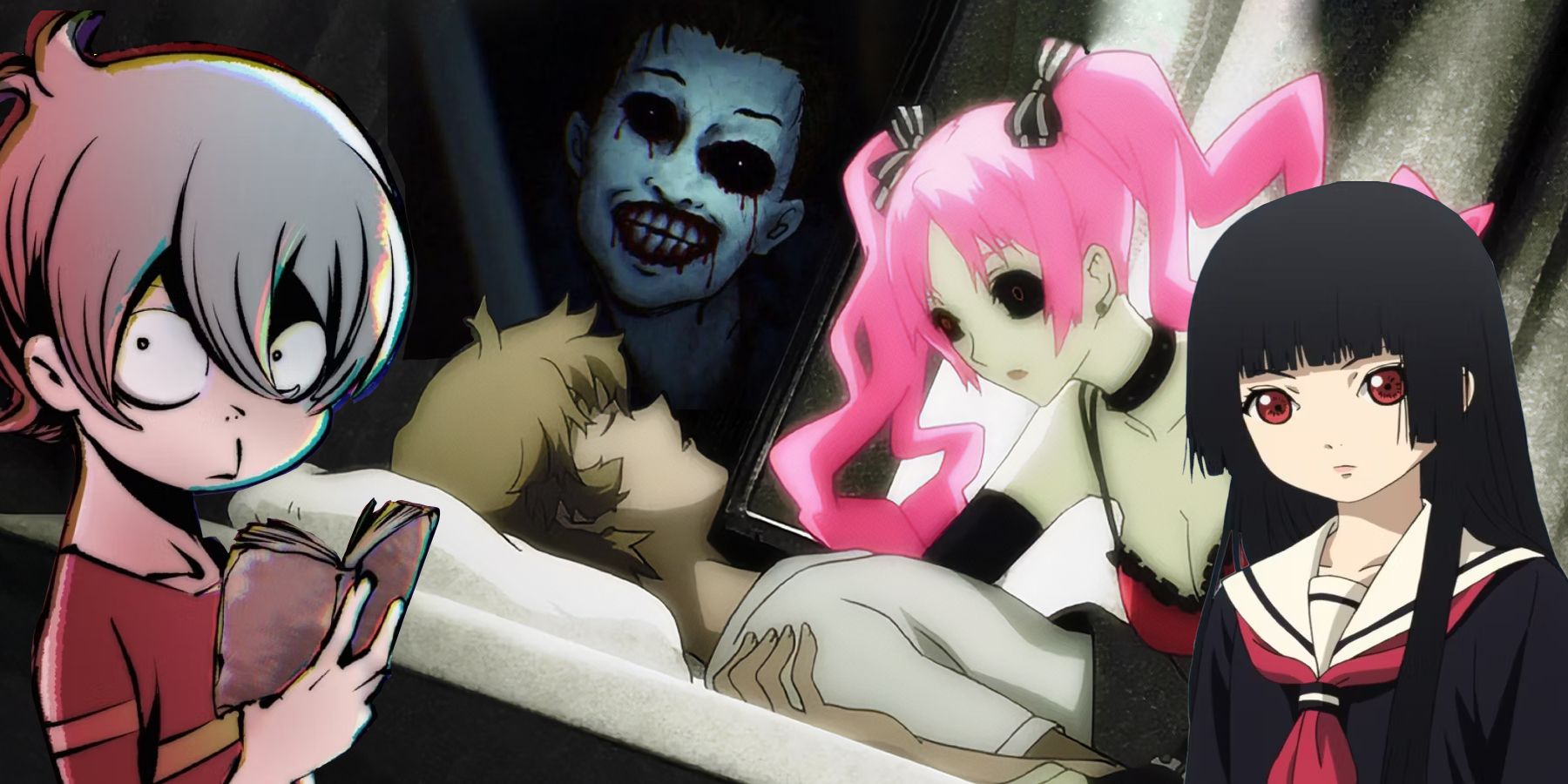
Best Horror Anime, Ranked
From psychological masterpieces to gore fests, these horror anime will send chills down the spines of even the most hardcore fans.

